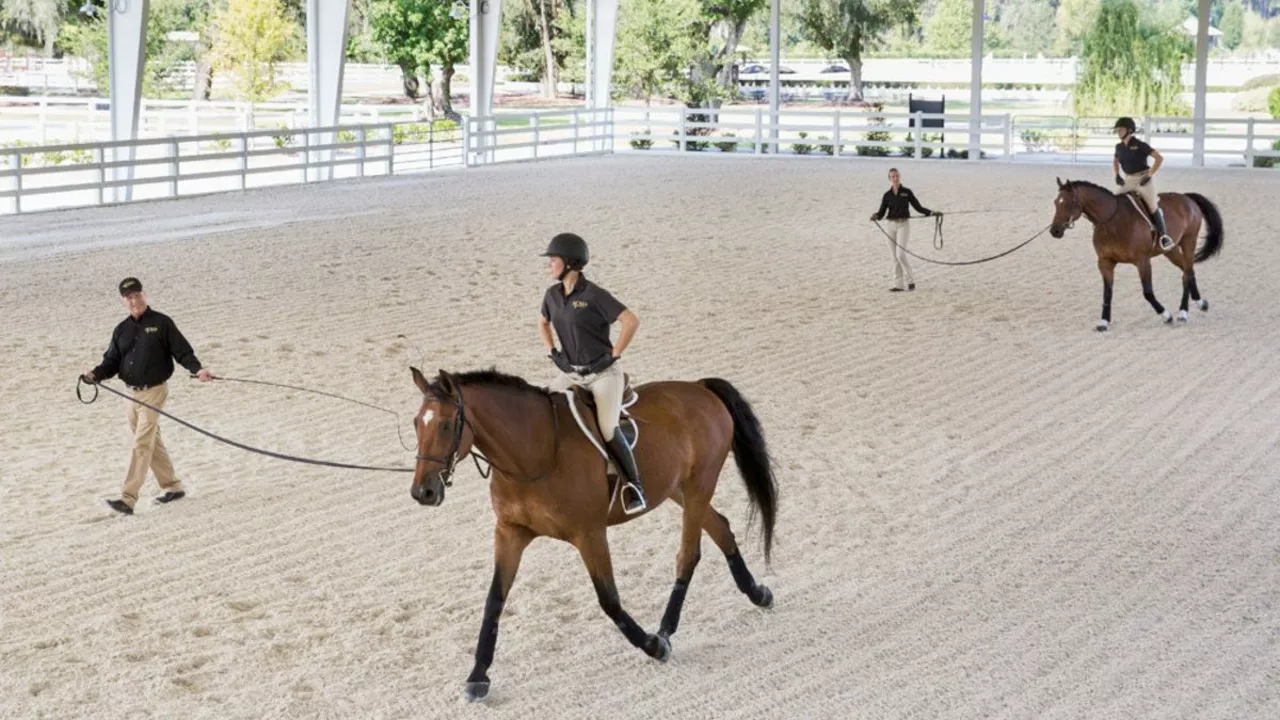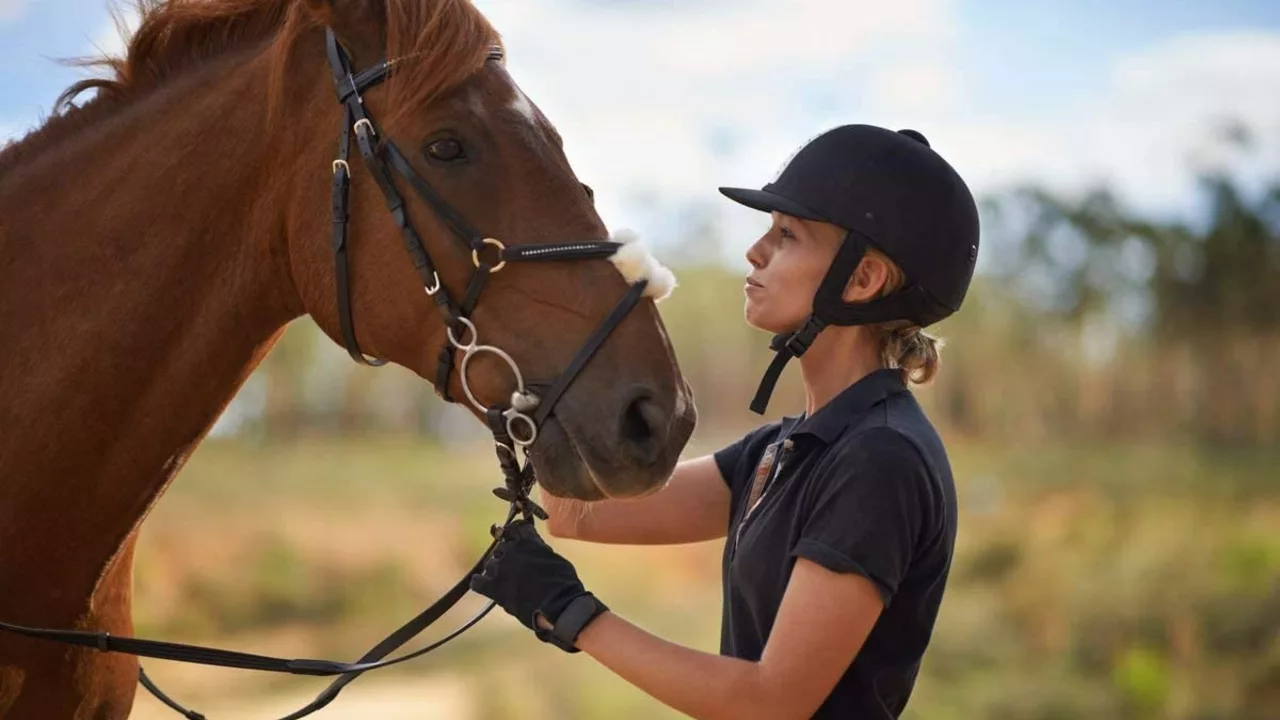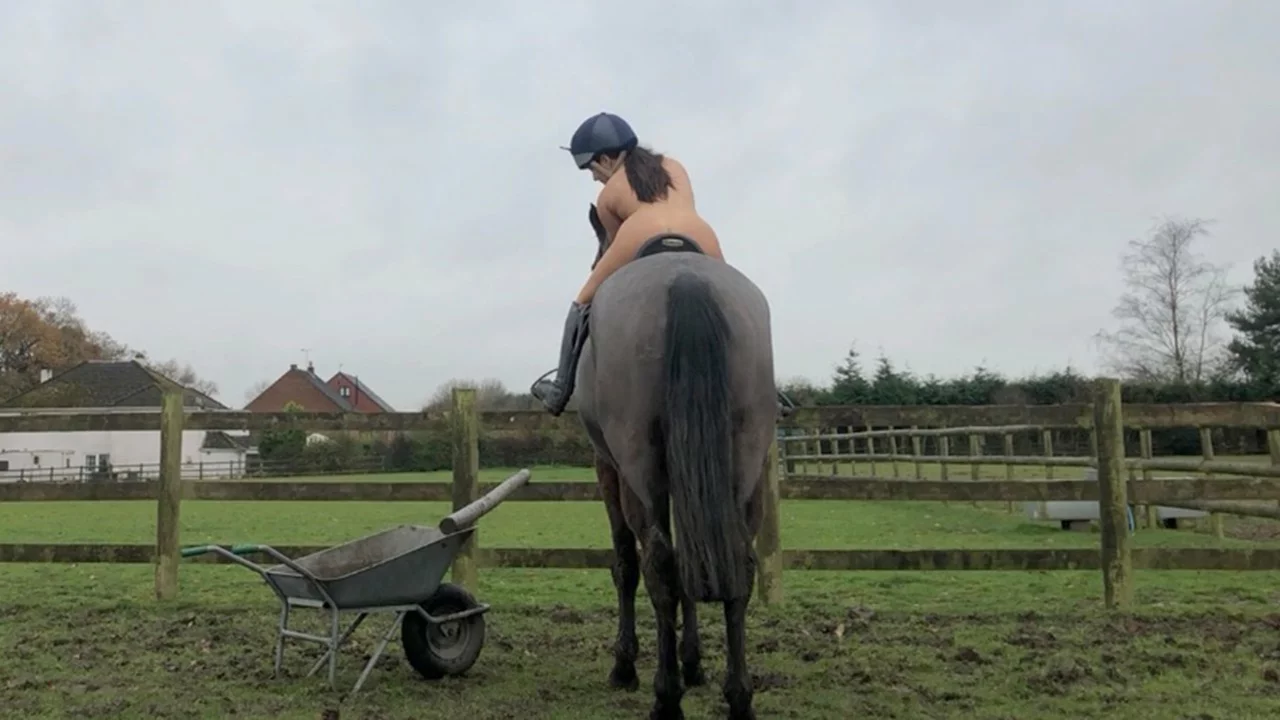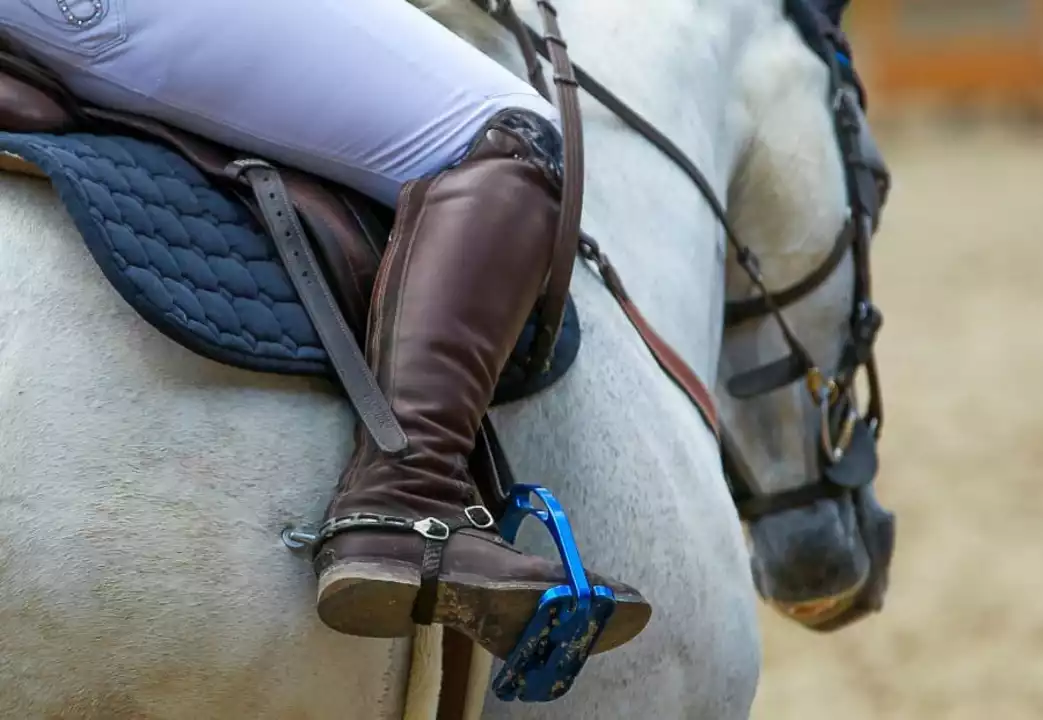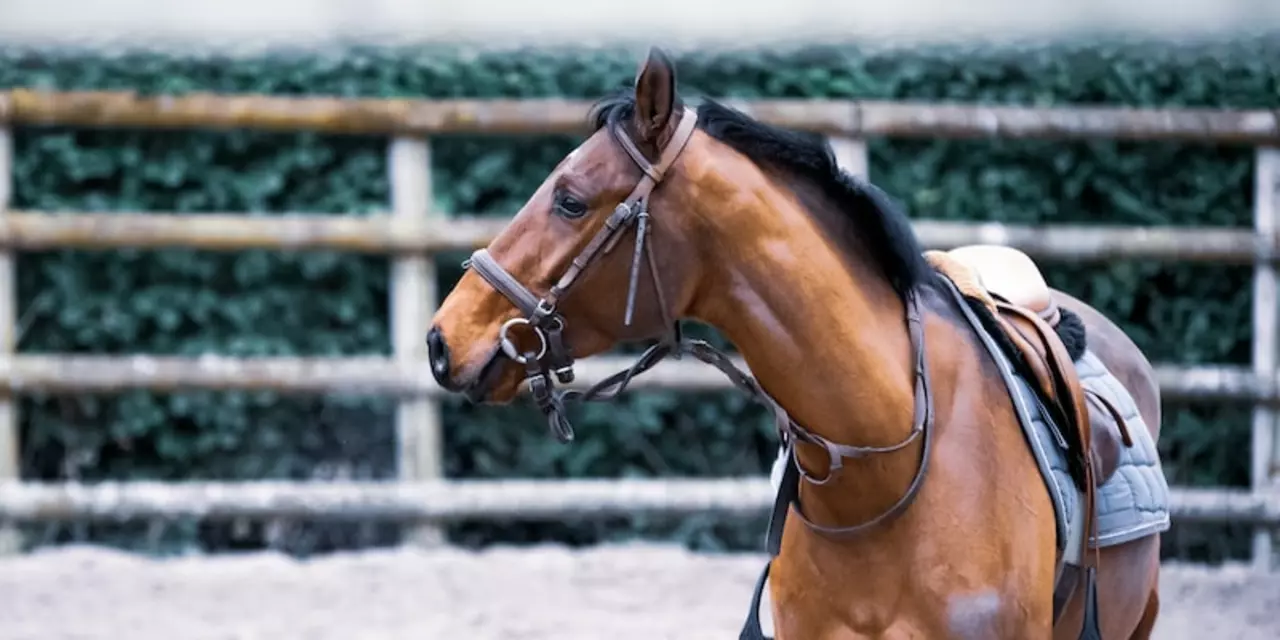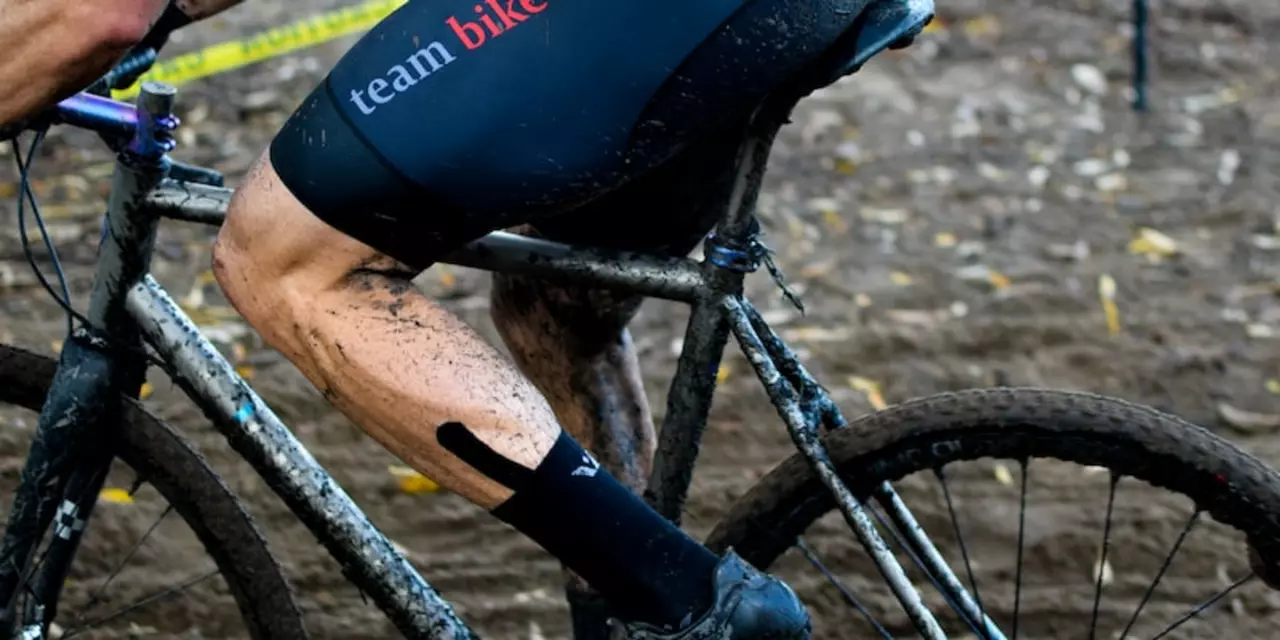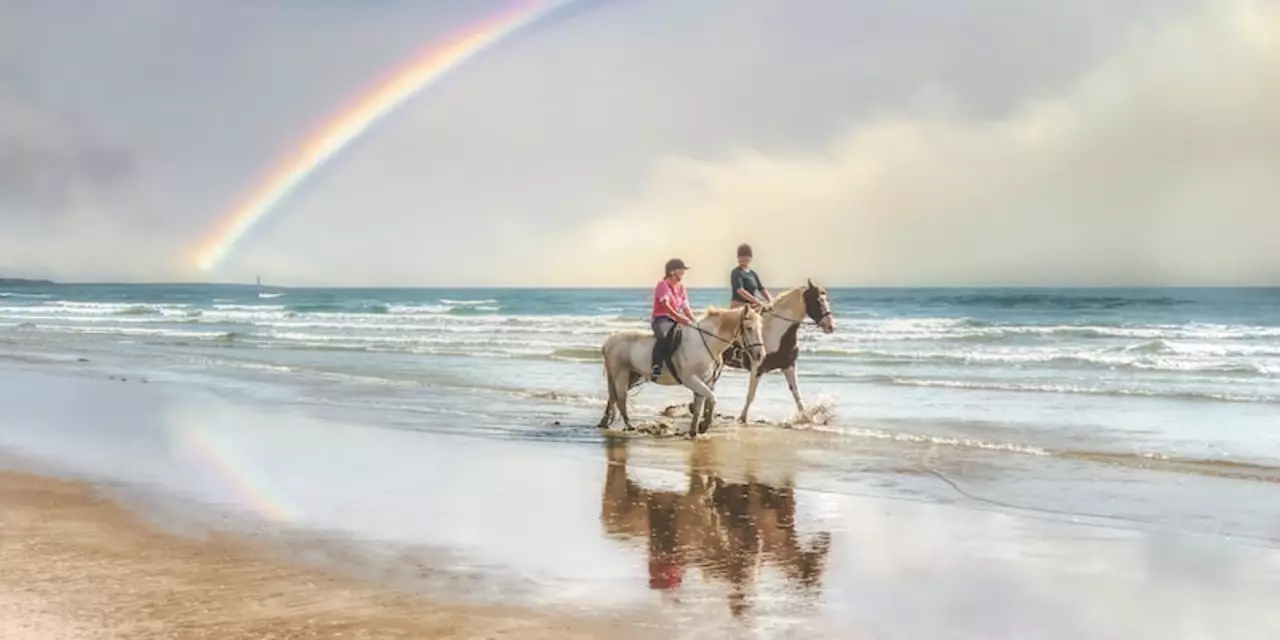Horseback Riding: Practical Advice, Gear Tips, and Fun Facts
Whether you’re just thinking about hopping on a horse for the first time or you’ve been riding for years, there’s always something new to learn. Here you’ll find straight‑forward tips on how to ride safely, where to find affordable riding clothes, and a few quirky facts that make the sport even more interesting.
Gear on a Budget
Good gear doesn’t have to break the bank. Brands like TuffRider, Ovation, and Saxon offer helmets, breeches, and gloves that hold up to regular use without costing a fortune. Look for sales on last‑season items – the quality is the same, the price is lower. If you need a jacket, check out Kerrits; they blend durability with a decent style, and you’ll still have cash left for lesson fees.
When you shop online, read the fit guide carefully. A poorly fitting helmet is a safety risk, and too‑tight breeches can cause chafing. Try the “finger test”: you should be able to slip two fingers between your skin and the leg of the breeches. It’s a quick trick that saves you from uncomfortable rides.
Riding Safety & Fun Facts
Safety starts with the basics. Always wear a certified helmet, even if you’ve been riding for years. A helmet can be the difference between a minor bump and a serious injury, especially when a horse decides to buck. Bucking often happens because the horse feels discomfort – a too‑tight flank strap or an unexpected noise can trigger the reaction.
Did you know medieval knights could mount their horses without help? They used sturdy stirrups and mounting blocks, making the climb easier even in armor. Modern riders benefit from similar tools – a sturdy mounting block saves your back and makes the mount smoother.
Some riders wonder if horse riding can cause discomfort down below. For most people it’s not an issue, but wearing a well‑padded saddle and adjusting the stirrups properly can prevent pressure points. If you feel any pain after a ride, check your saddle position and consider a professional fitting.
Girls often love horseback riding because it builds confidence and offers a sense of freedom. The bond you form with the horse can boost self‑esteem and teach responsibility. Whether you’re training for competition or just enjoying a weekend trail, the sport provides a healthy mix of exercise and mental calm.
Thinking about riding to school? Some rural schools allow it, but you’ll need to check local policies and make sure the horse is safely tied up during class. In urban areas, it’s usually not permitted because of traffic and space constraints.
Finally, remember that every rider’s journey is personal. Use the tips here as a starting point, experiment with different gear, and keep safety at the forefront. The more you ride, the more you’ll discover what works best for you and your horse.
Horseback Riding: What is a lunge lesson?
Whoa, hold your horses! Today we're going to dive into the world of equestrianism and talk about lunge lessons. Now, you might be thinking, "Is that where the horse does lunges?" Oh boy, I wish! But no, it's a tad more complex. It's a fantastic way for riders to really hone their balance and coordination without the added challenge of controlling their steed. Essentially, the horse is attached to a long line and moves in a circle around the trainer while the rider works on improving their skills. So, it's like a horsey-carousel of learning. Neigh bad, huh?
READ MOREWhat makes horses and horseback riding so addictive?
Horseback riding, my friends, is like a bag of chips - once you start, you can't stop. You see, horses have this magnetic charm that pulls you in, kind of like a loveable yet stubborn puppy with a mane. The connection between rider and horse is unique and addictive, it's a bond that's deeper than the Mariana Trench. The adrenaline rush of galloping through open fields, wind in your hair, freedom at its best - it's better than any roller-coaster ride. And let's not forget the sheer elegance and power of these four-legged beauties - it's like driving a Ferrari, but with more personality and much less pollution.
READ MOREWhat are the benefits of horseback riding for children?
Whoa, hold your horses! Are you ready for a galloping good time while learning about the benefits of horseback riding for kids? Well, saddle up, folks! Horseback riding not only tosses in a big dose of fun, but it also helps kiddos develop physically, improving their balance, flexibility, and overall fitness. It's not just a physical ride, though, it's also a mental journey, enhancing their problem-solving skills and boosting self-confidence. Plus, it's a fantastic way to teach children about responsibility and empathy as they care for their equine pals. So, let's say "yay" instead of "neigh" to horseback riding, shall we?
READ MOREIs it hard to start horseback riding again after a long absence?
Getting back into horseback riding after a long break can indeed be challenging. It's not just about physical fitness, but also about rebuilding confidence and re-establishing a bond with the horse. Initially, you might struggle with balancing and muscle memory. But with patience, consistency, and proper guidance, you can certainly regain your riding skills. Remember, it's just like riding a bike - once learned, never forgotten.
READ MOREWhat type of Spur should I use when Horseback Riding?
As a horseback rider, choosing the right type of spur is crucial for effective communication with your horse. There are various types of spurs, such as the English spur, Western spur, and the Rowel spur, each designed for specific riding disciplines and horse's sensitivity. The key is to find the right balance between providing clear signals and not causing discomfort to the horse. If you're a beginner, it's best to consult with a knowledgeable trainer or riding instructor to help you make the right choice. Remember, it's essential to use spurs responsibly and always prioritize the well-being of your horse.
READ MOREWhy do people think that horseback riding is not a sport?
Horseback riding is often thought of as an activity rather than a sport, but it requires physical strength, coordination and skill. It is a full-body workout that requires posture control and balance as well as core strength and leg strength. It is also a mental challenge, as riders must be aware of their horse’s physical and mental state and know how to interact with them. Horseback riding also has competitive aspects, as riders can participate in a variety of equestrian sports. The horse’s welfare must be taken into consideration at all times, and riders must have patience and empathy for their mounts. This makes horseback riding a unique, challenging and rewarding sport.
READ MOREIn horseback riding are you safer wearing a helmet or not?
This article discusses the safety benefits of wearing a helmet while horseback riding. It explains that helmets are designed to absorb the impact of a fall, which can help reduce the risk of serious injury or death. It also notes that helmets may not protect against all types of injuries, such as those caused by a horse's hooves. The article concludes that although helmets are not mandatory in all countries, experts recommend wearing one when horseback riding for added safety. In conclusion, wearing a helmet while horseback riding is highly recommended for added safety.
READ MOREDo you horseback ride?
Horseback riding is a popular leisure activity, allowing the rider to explore nature and experience a unique bond with their horse. In order to ride safely and comfortably, it is important to be properly kitted out with the correct clothing, footwear and safety equipment. There are many different types of riding styles and disciplines, such as show jumping and dressage, as well as riding for enjoyment. Horseback riding can be a great way to improve fitness and wellbeing, while also providing an enjoyable way to spend time in the outdoors. With the right knowledge and the right attitude, horseback riding can be a rewarding and enjoyable experience.
READ MORE